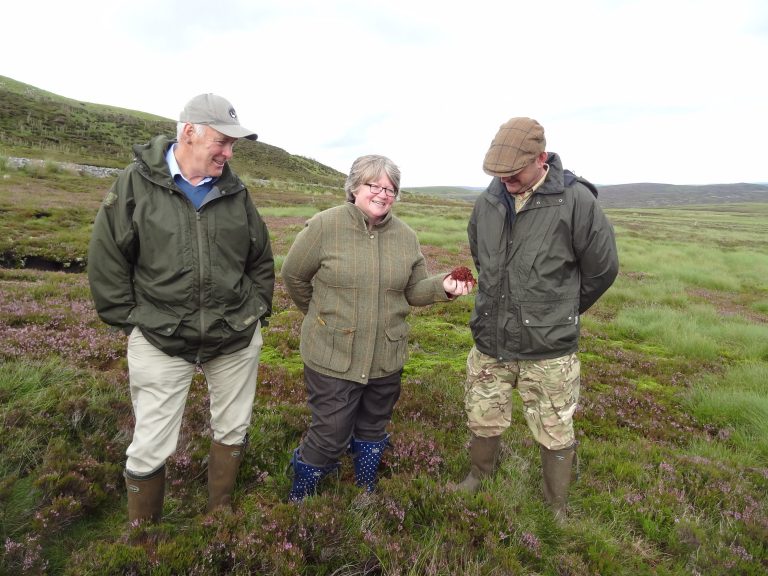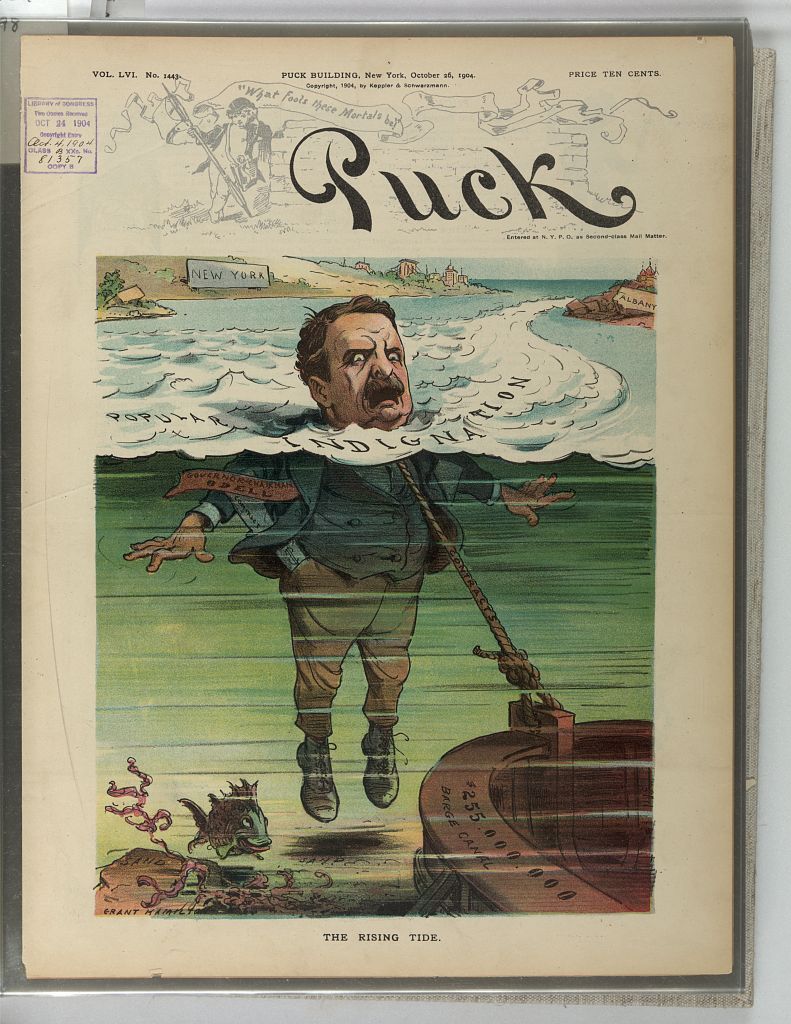Let us start with a quote:
31 October 2016 Therese Coffey
https://hansard.parliament.uk/commons/2016-10-31/debates/06472E95-10EC-49A0-BF93-84CAD2BE4191/DrivenGrouseShooting
I have heard the concerns of some hon. Members that birds of prey, particularly hen harriers, are deliberately being killed. The Government take the illegal persecution of raptors very seriously. On the missing hen harriers in the last fortnight, the matter has been referred to the police. The local wildlife team has been involved and the national wildlife crime unit is aware. I can assure hon. Members that wildlife crime is a Government priority. We recently confirmed £300,000 of funding per annum for the NWCU for the next four years. Raptor persecution is one of six wildlife crime priorities for the UK. The unit has a dedicated group chaired by a senior police officer, with representatives from Government and NGOs working to deliver progress against this wildlife crime priority. It is building an intelligence picture and is due to advise on further action.
We recognise that the legal control of predators is a legitimate wildlife management practice in some circumstances. That is why Natural England will license the killing of certain birds of prey, although it would not consider licensing any activity that would adversely affect the conservation status of a species.
Those were the words of the Defra minister, Therese Coffey, concerning Hen Harriers, two years ago, almost to the hour, as she closed the debate on banning driven grouse shooting that had been triggered by our e-petition which gained 123,077 signatures. There was nothing in those words to acknowledge the scale of wildlife crime directed at protected raptors in general nor of the particular plight of the Hen Harrier. Nor was there any acknowledgement that grouse shooting provides the motive for this wildlife crime.

A string of junior Defra ministers have taken the same line when they have signed off responses to numerous e-petitions on the Westminster parliament petition site:
- response to Chrissie Harper’s e-petition on vicarious liability in the time of Richard Benyon (3 June 2012) and presumably signed off by him. No mention of Hen Harrier despite the species being part of the petition.
- response to John Armitage’s e-petition on licensing in the time of Richard Benyon (21 September 2013) and presumably signed off by him. No mention of Hen Harrier, but instead a mention that Buzzards, Red Kites and Peregrines are increasing, generally, and no mention of grouse moors despite them being part of the title of the petition.
- response to my first e-petition on banning driven grouse shooting in the time of Ruchard Benyon (30 March 2015) and presumably signed off by him. Hen Harriers had quite a good year in 2014 and we are satellite tagging some of them. We’re working on a plan. Buzzards, Peregrines and Red Kites are increasing.
- response to my second e-petition on banning driven grouse shooting in the time of Rory Stewart (17 September 2015) and presumably signed off by him. 2015 was a good year for Hen Harriers and we are working on a plan. Peregrine, Red Kite and Buzzard are increasing.
- response to my third e-petition on banning driven grouse shooting in the time of Rory Stewart (21 April 2016) and presumably signed off by him. Talked up the Hen Harrier Joint Action Plan.
- response to Gavin Gamble’s e-petition on banning driven grouse shooting in the time of Therese Coffey (17 November 2017) and presumably signed off by her. Peregrine, Red Kite and Buzzard have increased in numbers. We have a Joint Action Plan. Targeted control of problem species (like Hen Harrier???) won’t be allowed to endanger their populations.
- response to Ed Hutchings’s e-petition on licensing driven grouse shooting in the time of Therese Coffey (8 March 2018) and presumably signed off by her. We have a Joint Action Plan.
The government department, Defra, responsible for the status of the Hen Harrier in England is singularly coy about admitting to the scale of the problem that it has on its hands. Presumably, because to admit the problem is to admit of the need for a proper solution.
It’s almost as if Defra hadn’t noticed that NE had been satellite-tagging hen Harriers for well over a decade and finding that they disappeared from contact mostly in areas of driven grouse shooting.
It’s almost as if Defra were unaware of the Conservation Framework study, commissioned and published by statutory conservation agencies, which states that there should be 2600 pairs of Hen Harrier in the UK and that 330 odd of them should be in England.
It’s almost as though Defra didn’t care about this subject but does care about grouse shooting for some strange reason (supporting evidence for this comes from their tender and ineffective approach to ending habitat damage from burning of blanket bogs on grouse moors).
It’s almost as if Defra think we might go away – but we won’t.
It will be interesting to see how Therese Coffey, with a swivel of her hips, will swerve the findings of the scientific analysis (at last!) of NE’s Hen Harrier data when it finally emerges. What we know now is that of 59 satellite-tagged Hen Harriers (this excludes the RSPB data) a few died of natural causes, a few (Annie, Bowland Betty and Rowan) are admitted to have been killed by intentional persecution (all in areas of grouse moor management) and loads and loads have mysteriously ‘disappeared’ in grouse shooting areas. I think I know how I would analyse those data but we’ll see what the lucky scientists have come up with. And then we will see what the Minister has to say.
Two years ago the Westminster Hall debate worked out more or less as I expected although nowhere near how I might have hoped. But now, today, at this very moment, I feel just as sure that the days of driven grouse shooting are severely numbered as I ever have. Very slowly, but not imperceptibly, the tide is coming in and it will eventually envelop the grouse shooting industry and any ministers who tether themselves to it, through a combination of factors which include wildlife crime, flood risk, economic analysis etc. Every time we hear a denial from the grouse shooters and every time we hear nothing from a Defra minister it’s because they are drowning not waving. The tide is rising and it will inevitably cover them over.

A Minister says ‘Oh Puck! I seem to have tethered myself to driven grouse shooting on a rising tide of public indignation’.
[registration_form]
Paradoxically, in retrospect even the debate gave encouragement because the shooting MPs’ show of force made their anxiety visible. Had they felt Therese Coffey’s handbag-examining indifference they would not have bothered. Looking back, both are now positives (though no Minister should have got away with that arrogant indifference to public engagement in democracy.) The negative was the relative failure of the opposition parties to support an environmental cause. But that’s changing.
The next few months will bring new evidence and new challenges. Bring it on.
Alan – exactly. Well put. Thank you.
I hate to sound negative, but realistically I don’t think grouse shooting will ever be banned by a Conservative government, which we hopefully aren’t going to have for ever. There is a need to keep the issue in the public eye, and build a big movement for change. However I wonder if for the next couple of years it would be better to focus on making sure that the other political parties are aware of public opinion and include a commitment to at least licence, or preferably ban, grouse shooting in their manifesto for the next election.
A piece in today’s “Shooting Times”, has Ronnie Clancey, QC for the Scottish Gamekeepers Assoc:,
claiming “unconscious bias”, in the analysis of missing satellite tagged Golden Eagles.
Alex Hogg, SGA chairman, claims the original parameters were shifted, and the boundaries of the
moors extended by up to 4km to obtain the desired results.
What were the parameters employed ?, for instance, the recent BB paper on persecution in the
Dark Peak, used evidence of regular burning within a 1km square, to map the extent of management
for Grouse.
Was the Scottish study along similar lines, or was the fact that estate boundaries can often be far
from the moors, on lower ground, taken into consideration, thus accounting for Mr Hoggs 4km?.
I loved the way the guy who was hired with the sole purpose of finding some kind of fault settled on unconscious bias!
Anyway time for another petition- how about muirburn?
Great piece Mark. Just a note that your second and third bullets say “in the time of” but don’t give a name – I presume it was Richard Benyon?
MK – thanks! You’re right. I was sure I had filled those gaps; sure but wrong! I have now.